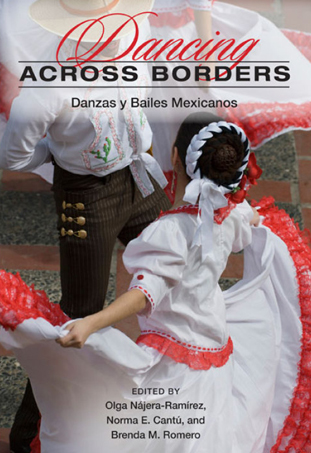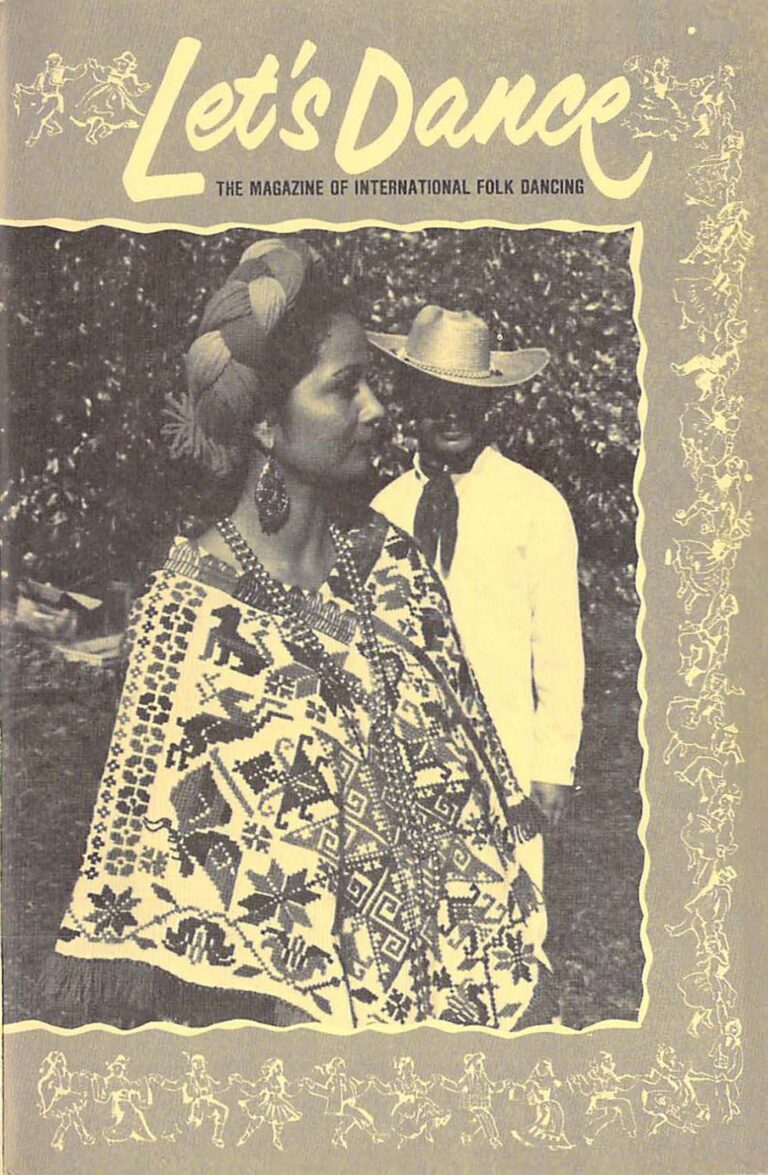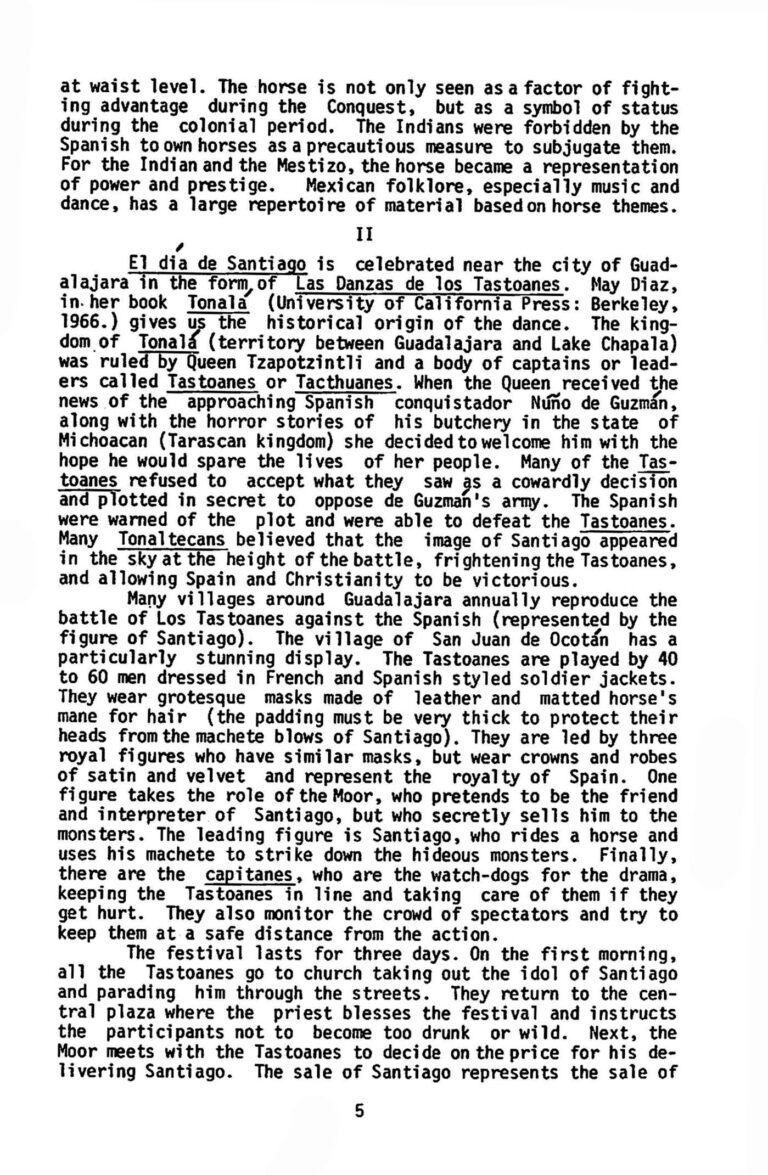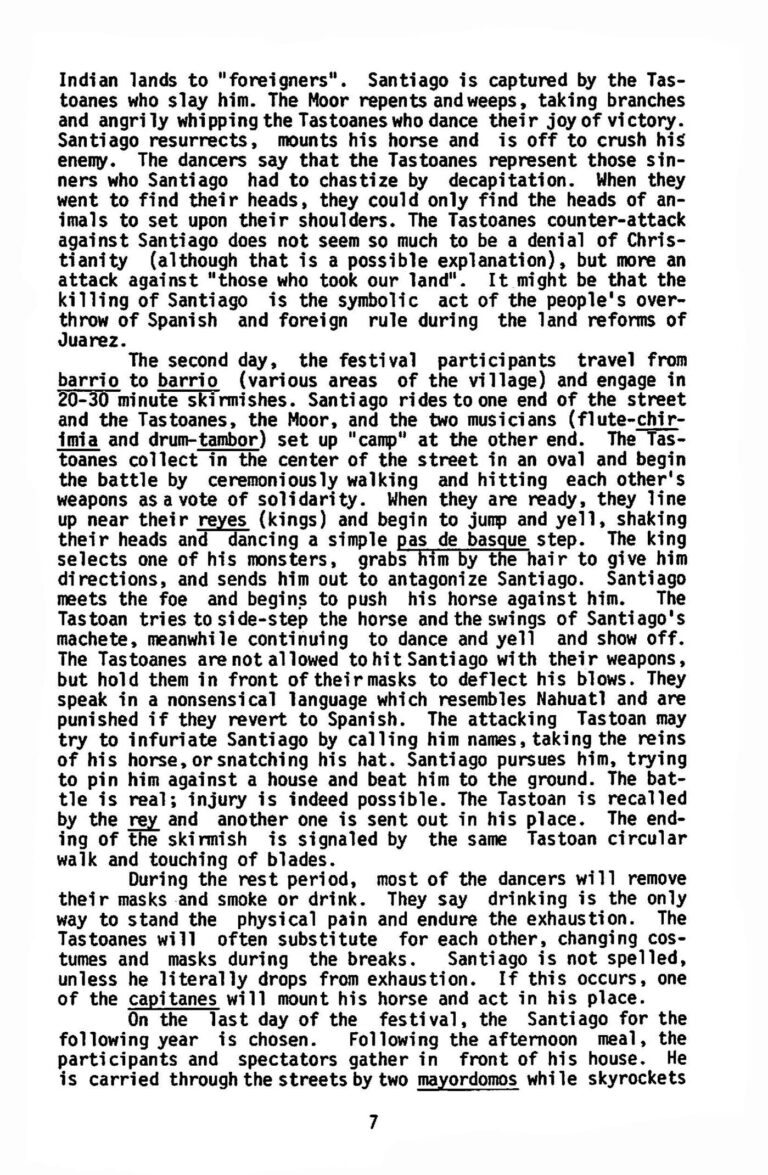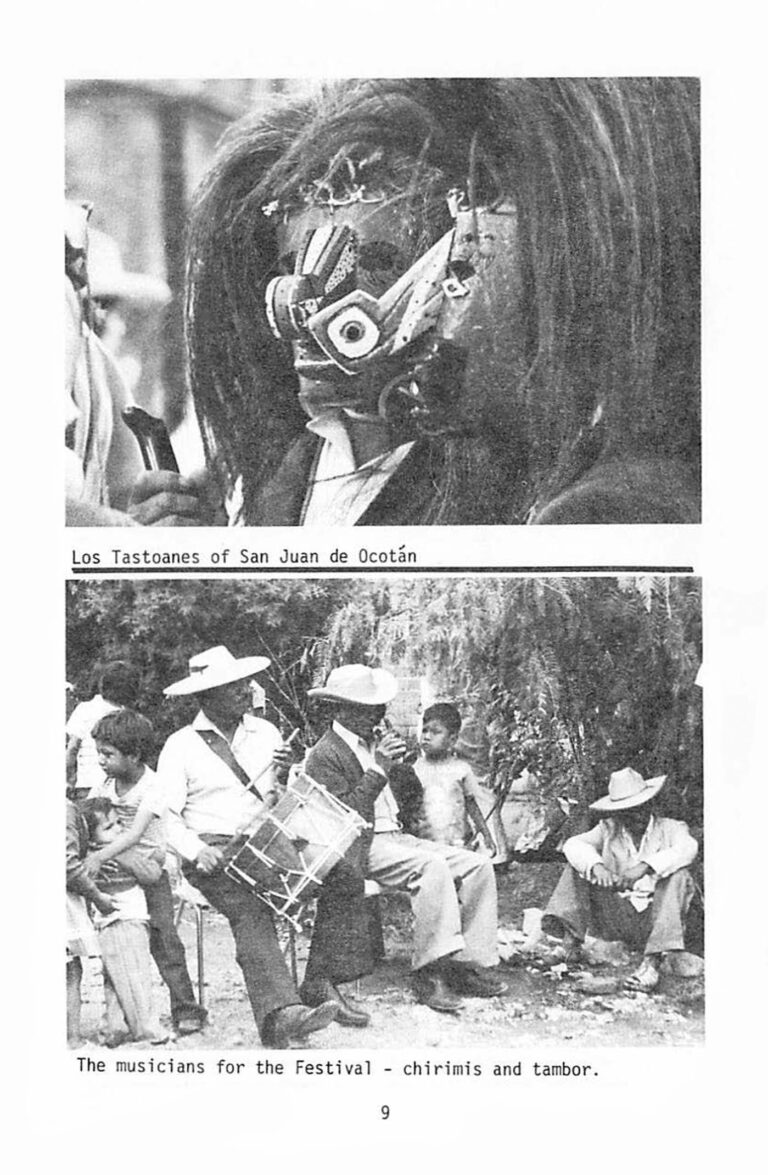Publications
CCL PUBLICATIONS PROJECT
Every dance artist, choreographer, director, or instructor keeps reference notes, music, or video on their craft. The Cashion Cultural Legacy has begun to collect and curate materials that reference the Mexican folk dance movement in México and the United States with the hope of some day having them available for the general public.
Founder Susan Cashion wrote extensively about ethnic dance in Latin America. Her contribution to Encyclopedia Britannica summarized folk dance in el cono sur (Argentina, Chile, Uruguay and parts of Paraguay, Bolivia, Brazil).
Our Publications Project is still in its early stages, but some basic first steps have been taken, including the publication of two books that speak to the early days of folklórico in California.
eSSAY – los Tastoanes de San Juan Ocotán
In 1979, our founder Susan Cashion shared one example of her research essay Los Tastoanes de San Juan Ocotán in the January 1979 issue of Let’s Dance Magazine, a publication of the nonprofit Folk Dance Federation of California. With their gracious permission, Dr. Cashion’s essay is available here in it’s original format. Click on any page to start and use the arrows to navigate forward & backward.
AVAILABLE PUBLICATIONS
Three Pioneers
Three Pioneers of Mexican Dance in California transcribes probing interviews with maestros Emilio Pulido, Ramón Morones, and Benjamín Hernández. This is a “must read” for new generations of folkloristas that yearn to understand how the folklórico movement started in the United States.
The recently released 2nd edition is available on Amazon and AmazonSmile both in paperback and e-boot formats.
“The substance of this work collects the oral histories of Emilio Pulido, Ramón Morones, and Benjamin Hernández, each of whom attended La Escuela de Artes Plásticas de la Universidad de Guadalajara, and then separately immigrated to California beginning in 1965. They arrived during the affirmative action movement and their work in dance reflects this socio-political environment. You will find these three unique individuals to be quite distinct in their perceptions and lifestyles, yet each one established his place as a prominent educator of Mexican dance in California.”
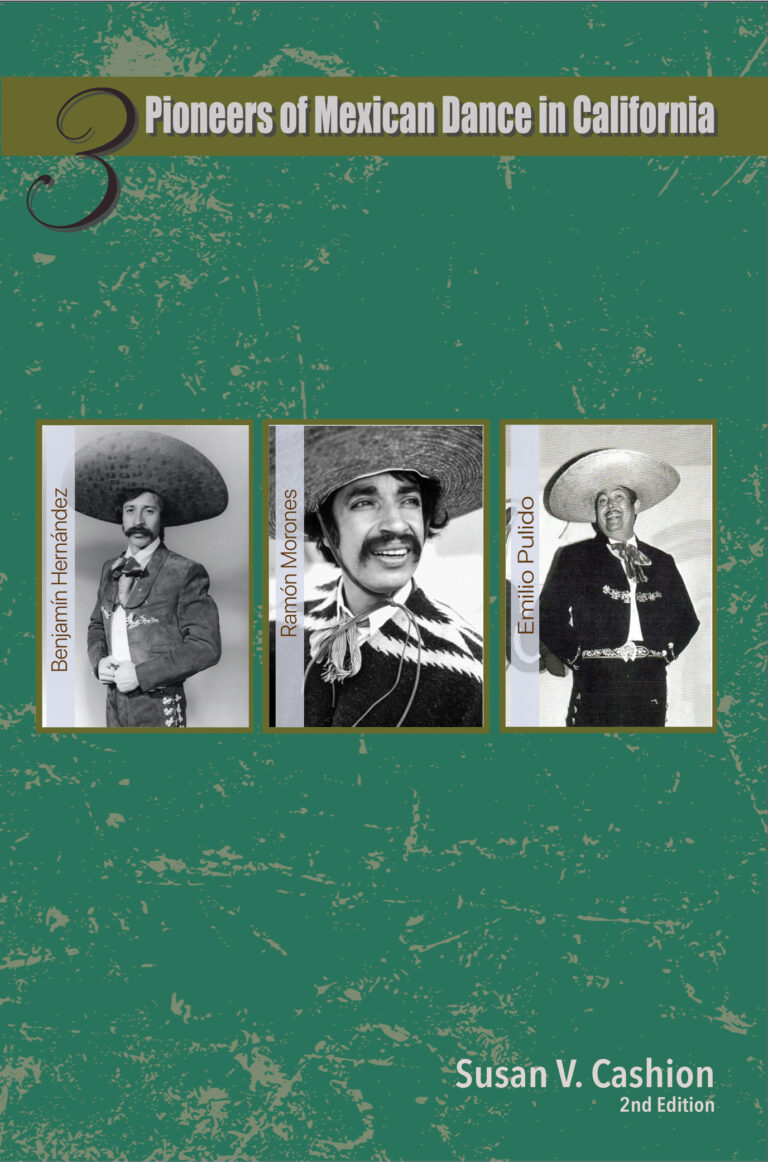
No Boots
No Boots is a personal remembrance of the early days of Mexican dance in the Los Angeles area by Rosie Chavarria Peña, the founder of dance company Relampago del Cielo. In 2011, the Cashion Cultural Legacy sponsored the author’s writing-residency in México as part of its Artist Exchange series.
“Our performances were fast-paced and highly diverse. After only one dance, we would have a costume change while other members of the company were on stage. It was not like the ballet folklóricos that came later, where several dances are performed from one region and with the same costume. The costumes were made either by our mothers or a professional seamstress. Neither the boys nor the girls wore boots, as developed later within the ballet and grupos folklóricos. This trend would change as a result of the Chicano movement of the 1960s when people were rediscovering their Mexican heritage and there was a tremendous increase in ballet folklóricos.”

Dancing Across Borders
CCL Founder Susan Cashion contributed to Dancing Across Borders, a compilation of essays on Mexican dance, with her work entitled “The Mexican Danzón: Restrained Sensuality”.
“The military band opened its program with a selection of marches and symphonic works, but the highlight of the evening was their renderings of the danzón. Elderly gentlemen were seated in the first row of chairs, smartly dressed in crisp, white guayabera shirts, creased white slacks, and white dress shoes. As each danzón began, they invited a partner to the area in front of the stage and laced together traditional steps they remembered from their youth. Their selected partners were their wives, daughters, or even granddaughters. The soft romance of the music floated in the warm evening breeze over the plaza. Spectators applauded the dancers after each selection and commented on the senior dancers’ elegance.”
